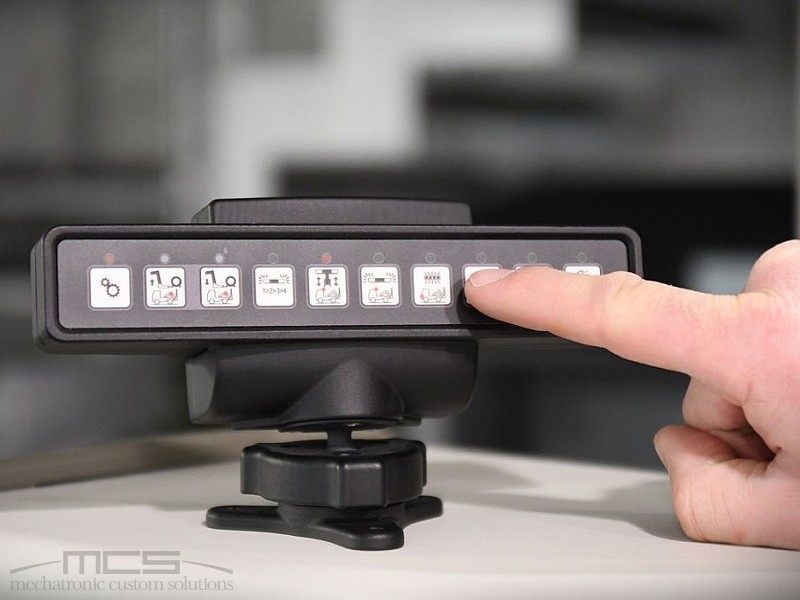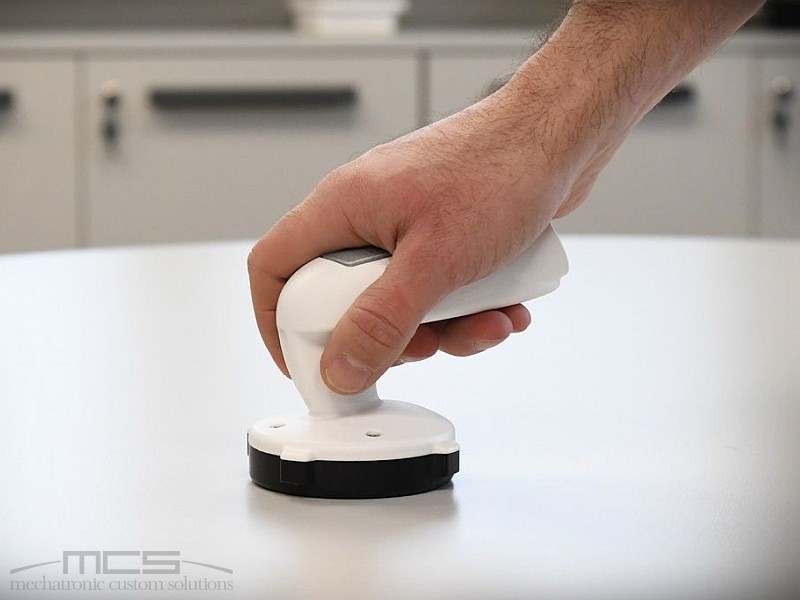In our posts we have often referred to the concept of ergonomics. Indeed, in designing our products, we take into consideration all the features that influence a product’s functionality, which are essential for facilitating both production and use. In this post we would like to explain this concept.
What does ergonomics mean? The term comes from the Greek words érgon (work) and ńomos (rule, law) and and indicates that interdisciplinary applied science that deals with the interaction between man and his environment.
It is relevant in several areas: from the layout of the controls of a vehicle dashboard, to the shape of a medical handpiece to the chair of the workplace in the office.

Ergonomics is divided into three major areas of study and intervention: Physical Ergonomics, Cognitive Ergonomics and Organizational Ergonomics.
Specifically, cognitive ergonomics studies human behavior when interacting with machines, equipment, or computer and multimedia tools in order to improve the relationship between human beings and the tools they use, especially at work.
This improvement is intended to ensure proper interaction between humans and the system (which can also be a membrane switch) so that they can work effectively and safely.
Some historical background
Ergonomics as a scientific discipline took its first steps during World War II when psychologist Alphonse Chapanis noted that errors made by Boeing B-17 pilots in emergency landings were due to the proximity of indistinguishable controls.
One of the founders of cognitive ergonomics is surely the American psychologist and engineer Donal Norman , who as early as the 1960s began to emphasize the importance of designing work tools from an ergonomic perspective. Over the next two decades Norman in his research reiterated the central role of humans in handling and using both machinery and information technology.
In Italy, Sebastiano Bagnara, a university professor of ergonomics, emphasizes the importance of cognitive ergonomics in contributing to human psychological and physical well-being during the experience of interacting with machine and computer systems. This, of course, benefits work performance and business productivity.
The benefits of cognitive ergonomics
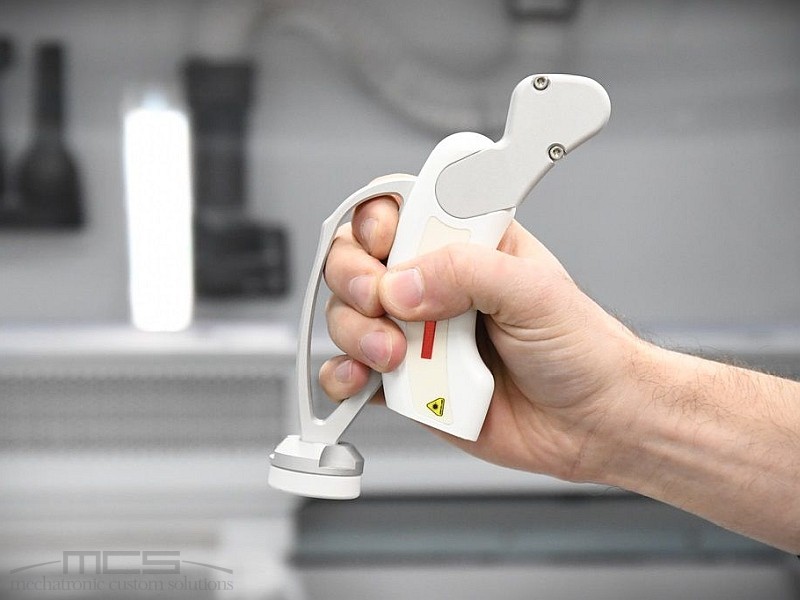
Designing from the perspective of cognitive ergonomics means providing the user with effective solutions that make the interaction experience between humans and the machine system more harmonious, but above all, smooth and effective.
Cognitive ergonomics can contribute significantly to improving the working world, and not only in terms of technology, production and safety, but also from the perspective of worker well-being.
Impact on occupational well-being
Designing interfaces from an ergonomic perspective promotes both perception and mental processing of information, and this allows work activities to be performed clearly, easily and, most importantly, safely while avoiding mental overload.
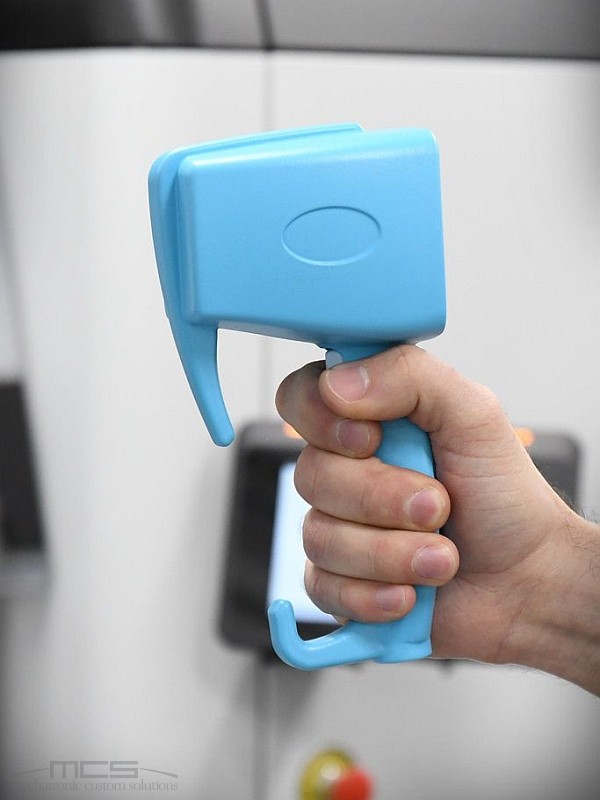
We must, in fact, consider the importance of cognitive ergonomics with respect to the mental engagement required when establishing relationships between humans and technological machines/instruments, whether they are membrane keypads, series of switches, etc.
The interfaces that act as a link between humans and such tools stimulate the subject’s cognitive processes to activate through sensory input of a visual, auditory and/or tactile character.
The subject, then, processes information, stores it, draws on information already in his or her memory (related to his or her training and recollection of similar experiences in the past), and then evaluates how to act and what behaviors and actions to enact.
Here, then, the design of interfaces that provide simple and clear inputs promotes a usability experience that is focused and safe, with a view to preventing errors and situations that are risky to one’s physical and mental health.
In addition, cognitive ergonomics also plays an important role in social inclusion, as it is based on observing human diversity and studying the evolution of human needs over time.
Biodiversity and different needs, depending on everyone’s unique characteristics, are central aspects in the study of tool, equipment and interface design by ergonomists. This also promotes the inclusion of individuals with disabilities in the world of work, fostering integration and social equity.
Ergonomics for MCS
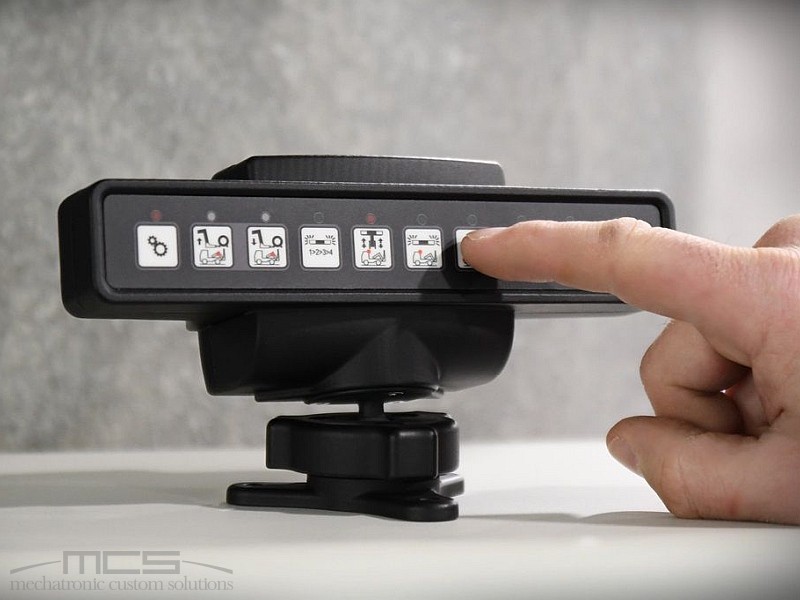
In ergonomics, the close collaboration between psychology and engineering concretely improves the relationship between humans and their tools. This is an effect we have in mind when designing a product for our customers, whether it is a membrane switch or an electronics enclosure.
Before presenting a project to a client, we draw graphics, shapes, or structures with Cad software, and then simulate them with paper prints as far as purely graphic aspects -or with 3D printing in the case of three-dimensional objects.
In this way we are able to test the functionality of a product, simulate final use, and then evaluate the overall ergonomics.

